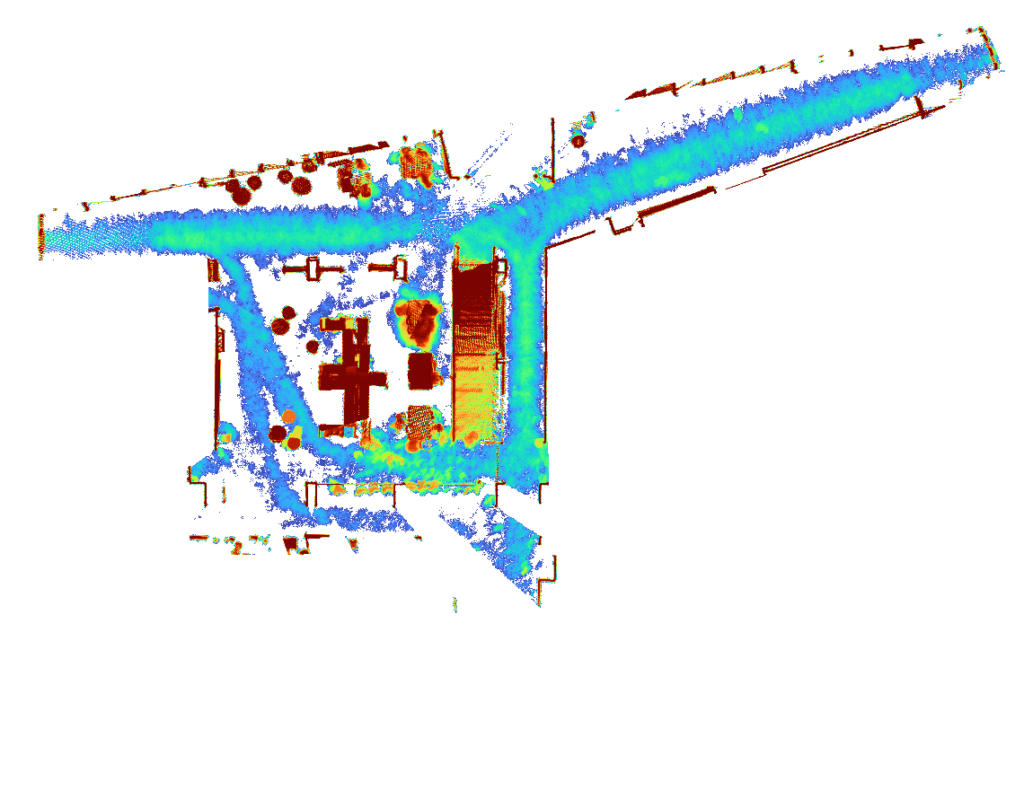LiDAR data enable us to examine human movement, use of space, and social interactions throughout the day. These data can be extremely valuable for interior designing and administering interior, communal spaces. It is also exciting to use LiDAR sensors in this context.
Dr. Tim Baird
Associate Professor at College of Natural Resources and Environment’s (CNRE), Department of Geography, Viriginia Tech
